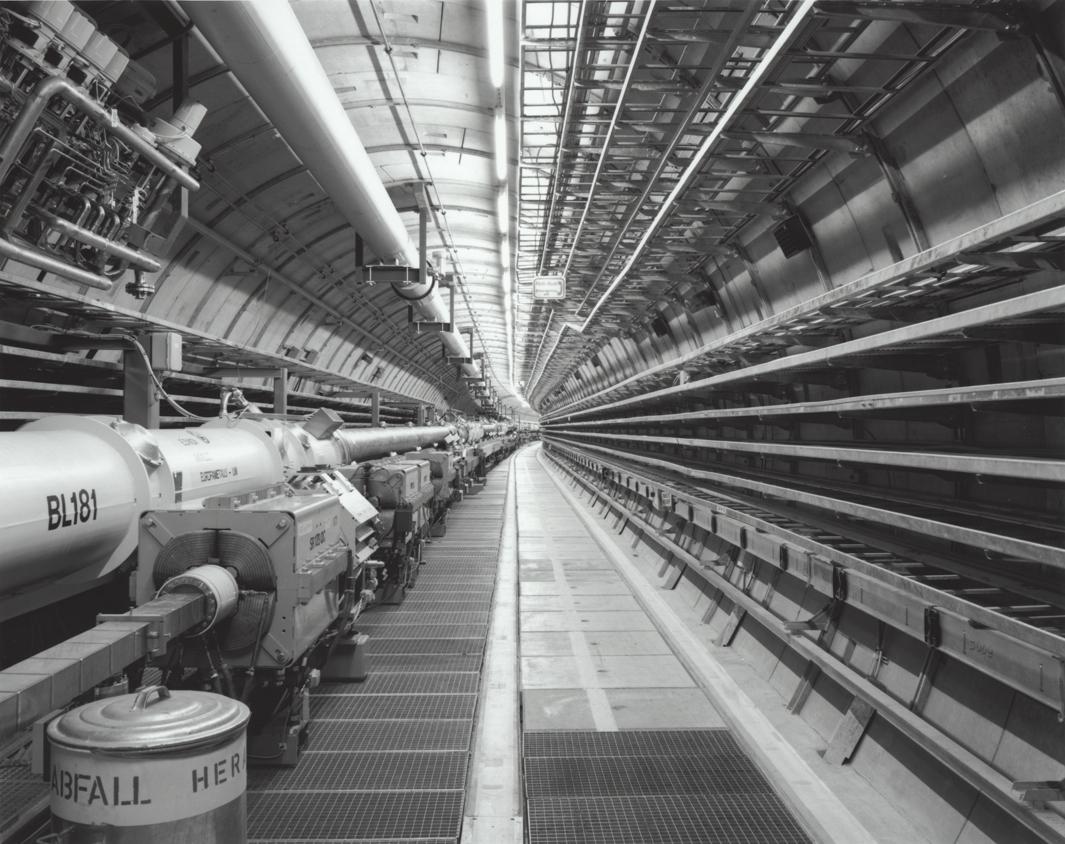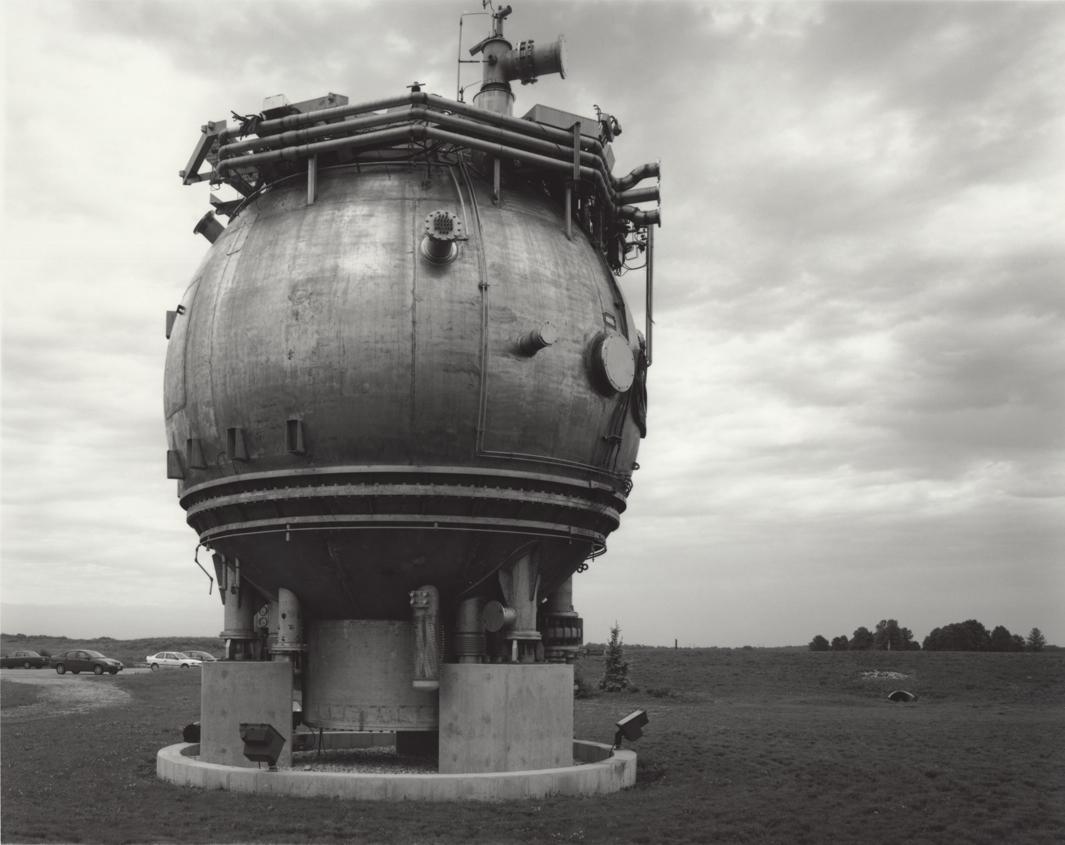As scientists around the world were busy using great machines to uncover the mysteries of the universe, photographer Stanley Greenberg made it his mission to uncover the mysteries of those machines. “I’ve always been curious about how things work, anything from a tiny machine to the universe,” Greenberg said via email. “I’m sure I’m not the only one interested in these things, and I hope a few more will get interested once they see the photographs.”
Greenberg said he was driven to embark on the five-year project by a desire to increase awareness about the important work these scientists were doing and to promote proscience attitudes in the United States. It started when he met Janet Conrad, a physicist at Columbia University who invited him to see MiniBooNe, her neutrino experiment at Fermilab. After that, he knew he wanted to see as many other experiments as possible.
Getting access, Greenberg said, wasn’t an issue, as he found scientists were generally eager to show him their projects. The series took him all over the world, from Switzerland to the South Pole. His travels also took him deep into the Earth, including Canada’s underground physics laboratory SNOLAB (which he accessed by being lowered into a cavern on a harness seat), and the Soudan Underground Laboratory, located 2,341 feet beneath the surface. He had to hurry to see the Large Hadron Collider before it was sealed up, and he had to wait for a cavern to be emptied of liquid at SNOLAB so that he could go in it. “It was great to be inside those amazing spaces, and I wanted everyone to be able to experience them the way I did. Hopefully my photographs will give them some idea of what it was like,” Greenberg said.

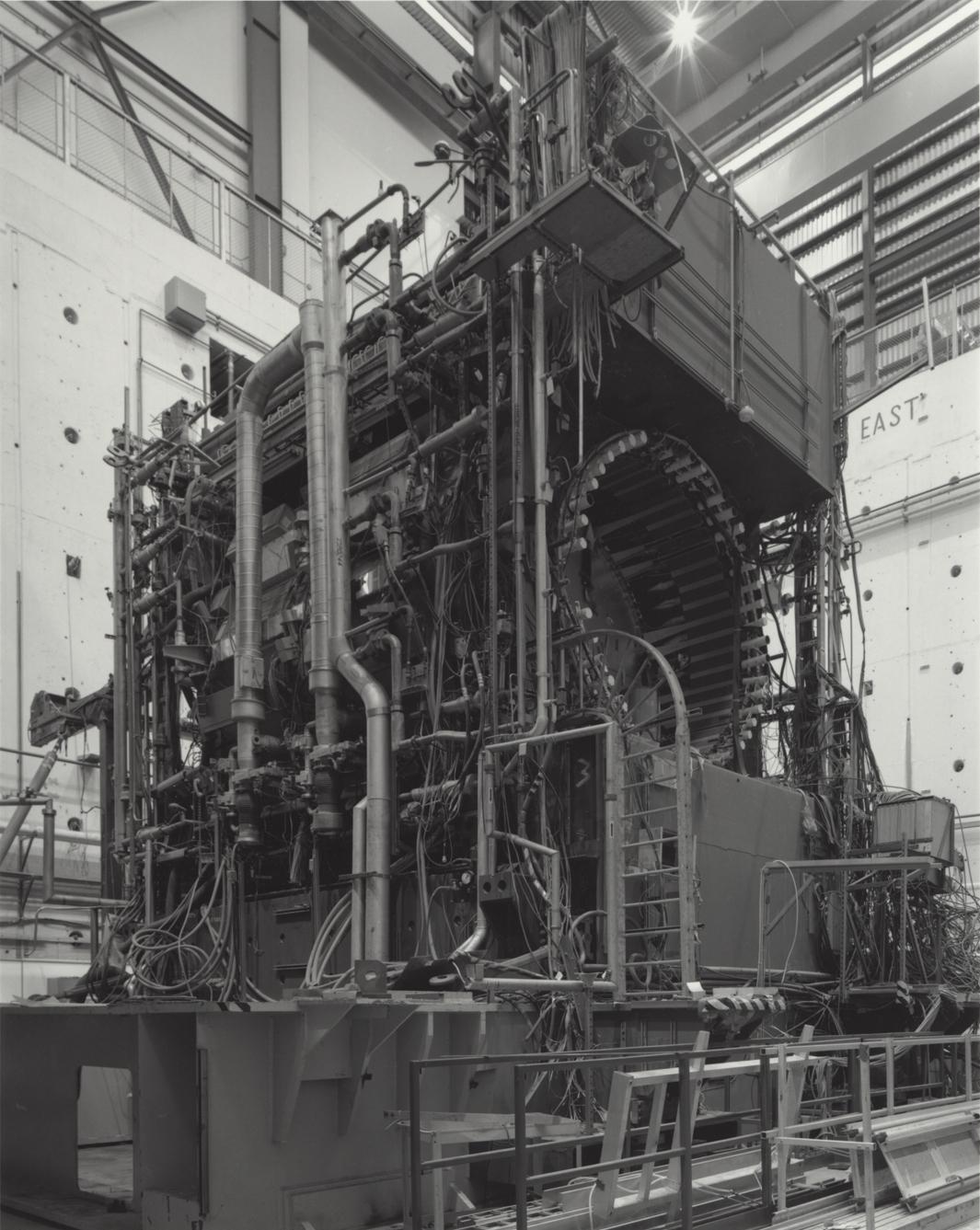

Greenberg said he got so see anything he wanted to see, as long as the spaces were safe for humans. Most of the experiments don’t use radiation, Greenberg said, but there was often some residual radiation as a result of the constant smashing of particles. In some of the labs, he had to wear a radioactivity monitor, and in one he went with a Geiger counter—just in case. Photographing such large experiments, like the 17-mile long Large Hadron Collider, Greenberg said, presented a challenge. “I’ve been photographing big things since the 1980s, so I have some idea how to go about it,” he said. “Often the hardest part is to get some distance, since the experiments are in very confined spaces, and then you have to pick out a few smaller details to represent the larger object.”
Greenberg said that what struck him most about the experiments was the degree of collaboration it took to construct and operate them. “It wasn’t just that there were many physicists and engineers working on each project, but that they were from so many different places,” he said. “At every lab there were people from many different countries, and they weren’t always countries that had great relations with each other. They all seemed to be able to get along, and if they can, so should we all.”
“Stanley Greenberg: Time Machines” is on view through March 30in the Kurtz Gallery for Photography. A book of his photographs is available for purchase.
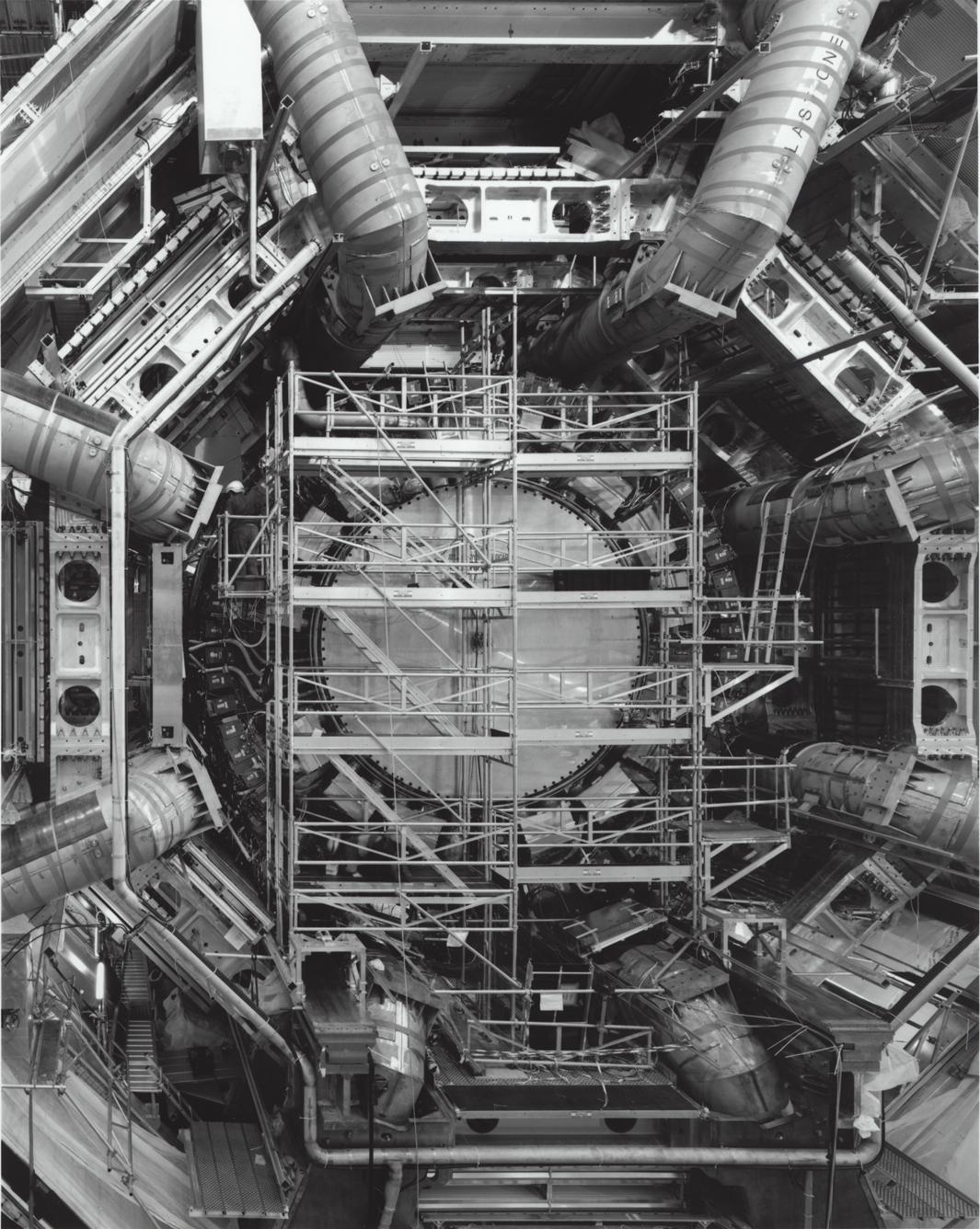
Stanley Greenberg
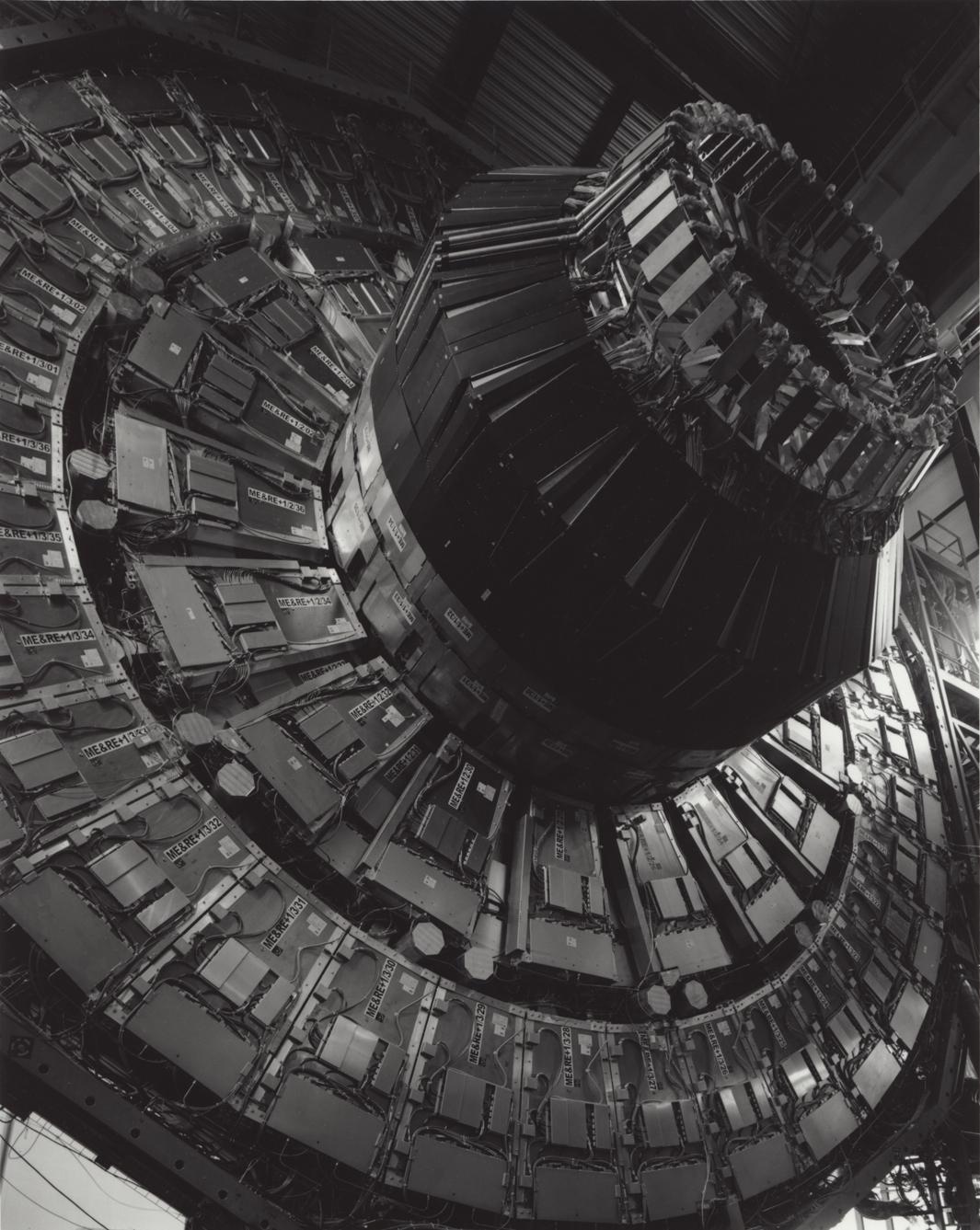
Stanley Greenberg
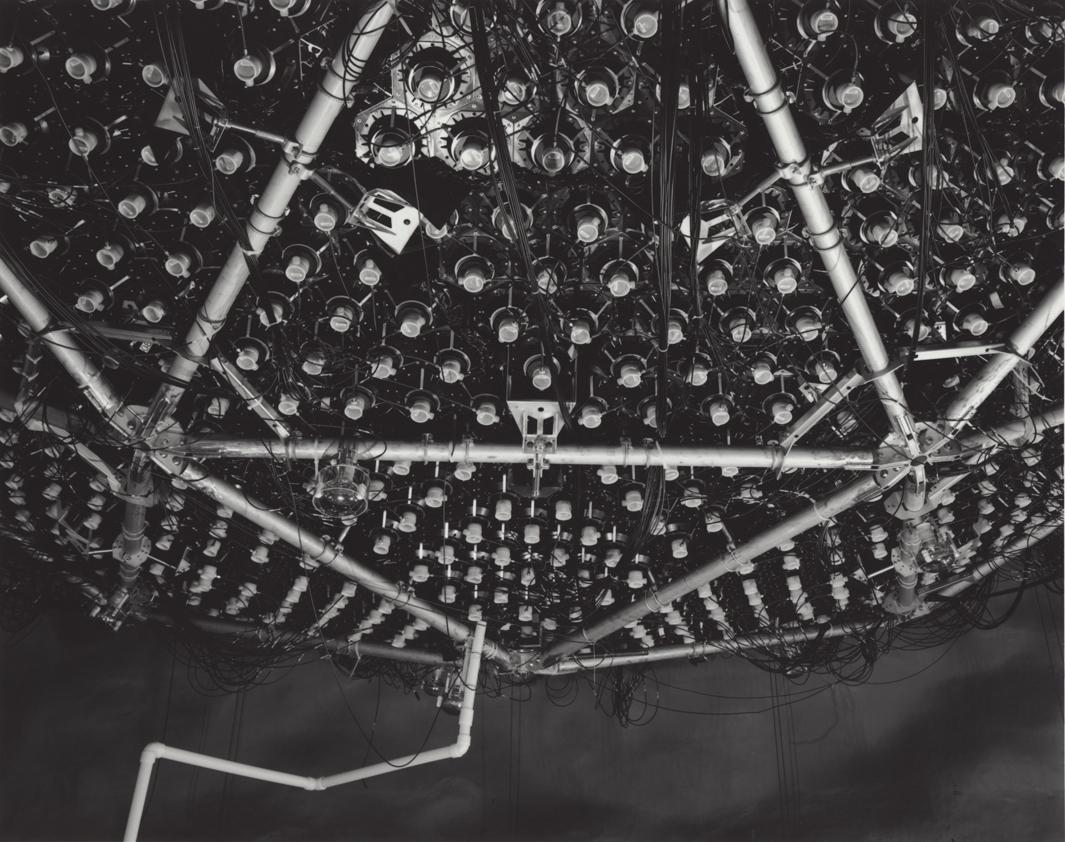

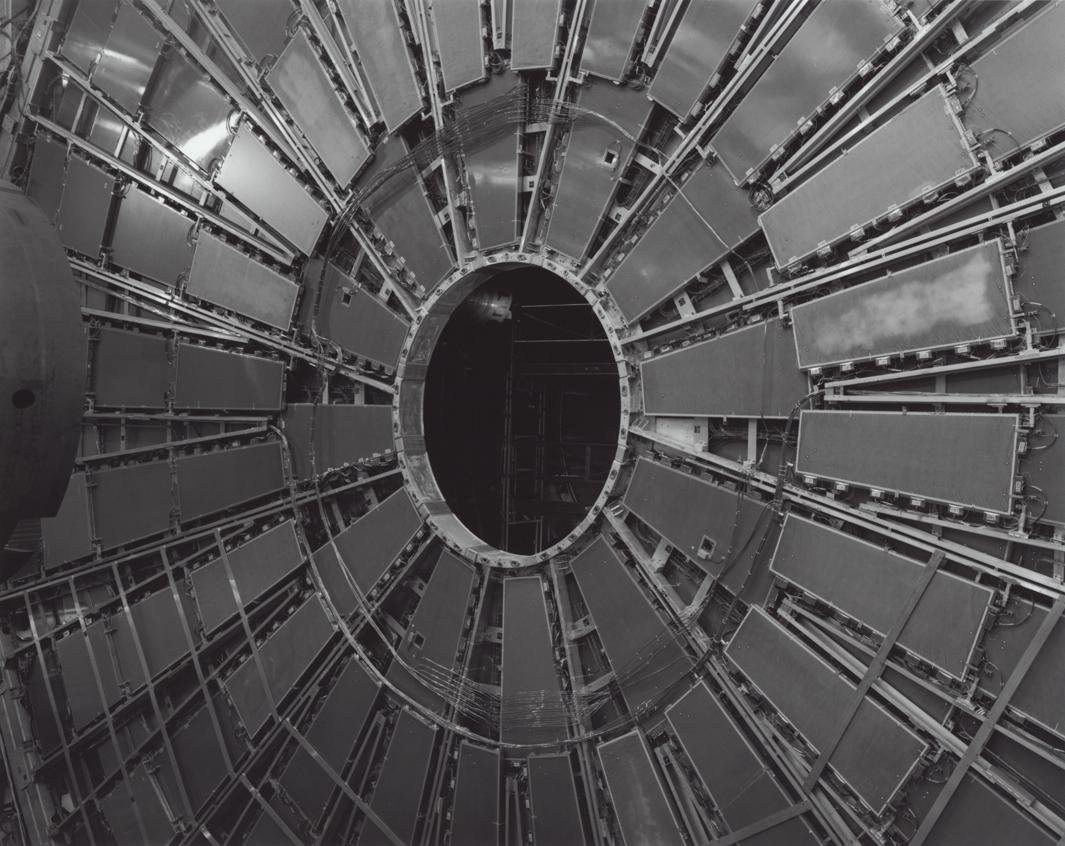
Stanley Greenberg
